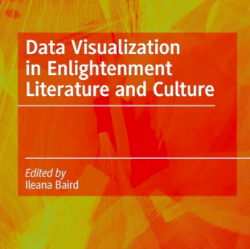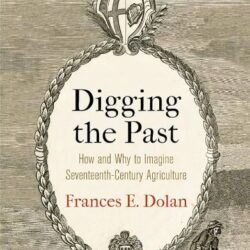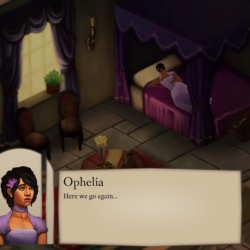Over ten finely documented and illustrated chapters, Ileana Baird and her twelve contributing writers offer scholars of the long eighteenth century (1660-c1800) a timely high-tech methodology: graphical conveyance of information. Baird’s new book, Data Visualization in Enlightenment Literature and Culture (2022), demonstrates the utility of content imaging. Baird and her writers have constructed datasets of research on selected topics in visually accessible designs: graphs, tables, figures, tabulations, charts, clustering, topic modeling, network graphs, data mapping,
Reid Byers. The Private Library: The History of the Architecture and Furnishing of the Domestic Bookroom. Terence Dooley and Christopher Ridgway (editors). Country House Collections: Their Lives and Afterlives.
In 1883, Jules Richard wrote that once a bibliophile has a collection of more than a thousand volumes, the room where they are kept quickly becomes a shrine – ‘devient vite un temple’. Reid Byers cites this observation (p. 4), and it reflects the central theme of his long and interesting book. He opens with a discussion of the simple rooms that held the clay tablets of Sumer and Babylon, and describes the book-boxes in which the Egyptians and the early Greeks put their papyrus scrolls. The rooms in which these chests were kept define what Byers calls ‘type one’ libraries. Private collections seem to have existed by at least 1500 BCE in Egypt, and were relatively common among scholars by the time of the great philosophers of the Greek ‘Golden Age’.
Frances E. Dolan. Digging the Past: How and Why to Imagine Seventeenth Century Agriculture.
The goal of Digging the Past is stated early with the question, “Is it possible to approach the seventeenth century, in its failed proposals and successful ventures, as a resource for imagining future agriculture in fruitful ways?” Frances E. Dolan seeks to answer this question by offering “a fine grained case study that proposes to enrich our understanding of the value of the past. (page seven) The method consists of examining the letters, diaries, notebooks, botanicals, pamphlets, as well as plays, poems and ‘how to’ guides. Among the topics subsequently covered are histories of food and work, literary criticism of the pastoral, histories of elite and vernacular science, of reading and writing practices and so on. This leads to an examination of agricultural topics such as composting and soil amendment, local food, natural wine and hedgerows. Along the way, we also encounter such varied topics from Shakespeare to cannibalism. An extensive and well documented bibliography testifies to the wide-ranging scholarship that supports this book.
Game Reviews: Astrologaster. Nyamyam, 2019. Elsinore. Golden Glitch, 2019.
Digital literature, in which a fictional tale unfolds while a player witnesses but minimally intervenes in its progress, is an obvious example. Two games which invoke early modern England, Elsinore (Golden Flitch, 2019) and Astrologaster (Nyamyam, 2019), and which are both anchored upon the central motif of a book, are especially self-conscious examples of such bookish play – and ones which may challenge SHARP members and their students to see reading and its concurrent activities anew.
The St Pancras / Hatchard’s Christmas Tree
Earlier this year I wrote a piece for SHARP news on the new Penguin Books Vending Machine at Exeter Railway Station, including other Penguin initiatives around selling books. Bookending what has been a bumper year for this topic, earlier last month a spectacular Christmas tree was unveiled at St Pancras Station, a collaboration between Penguin and Hatchards. This “magical reading experience”, an “ode to the wealth of literature that transports us to exciting and novel worlds”, situated in one of London’s busiest stations, is 12 metres high, and has 270 shelves with over 3800 hand-painted books.





